When you’ve been around for 113 years, you are bound to have a few hits and misses along the way.
Alfa Romeo has not been immune to churning out examples that would be notched in the misses column of the great automotive record book. But it has also been responsible for some truly sensational hits. Among those, the Giulia Sprint GT from the early sixties would be high on the list.
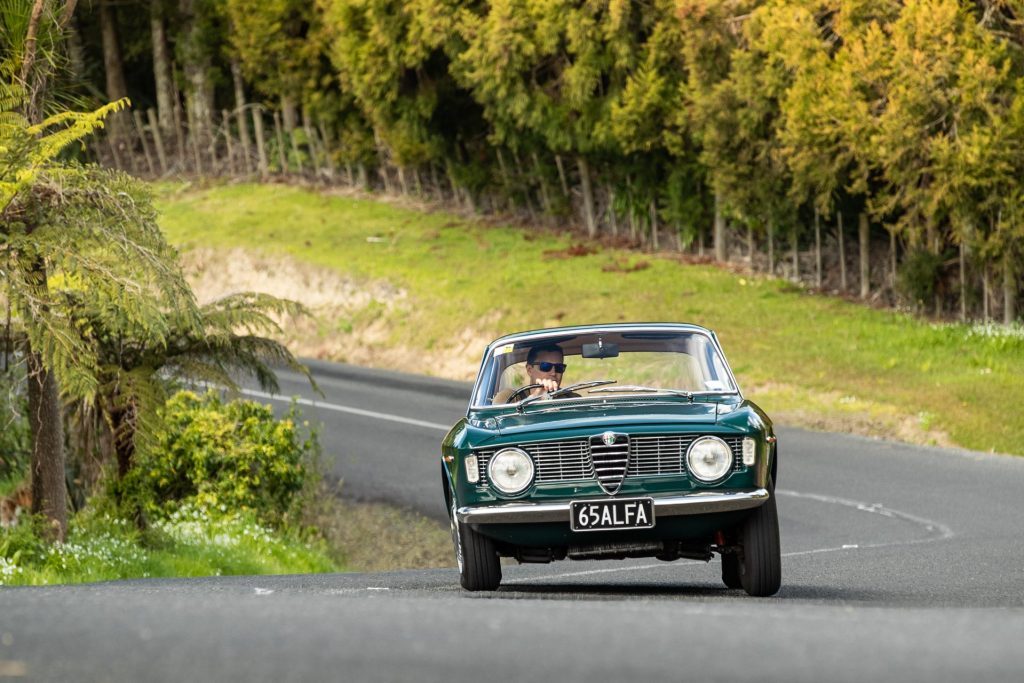
Part of Alfa Romeo’s long-lived 105 Series Coupe range, the Giulia Sprint GT two door was first shown in 1963.
Using a shortened chassis from the Giulia sedan, it was wrapped in beautiful Bertone bodywork. Styled by Giorgetto Giugiaro, the Car Designer of the Century, the Sprint GT is still a gorgeous motor car, as this pristine 1965 RHD example attests to.
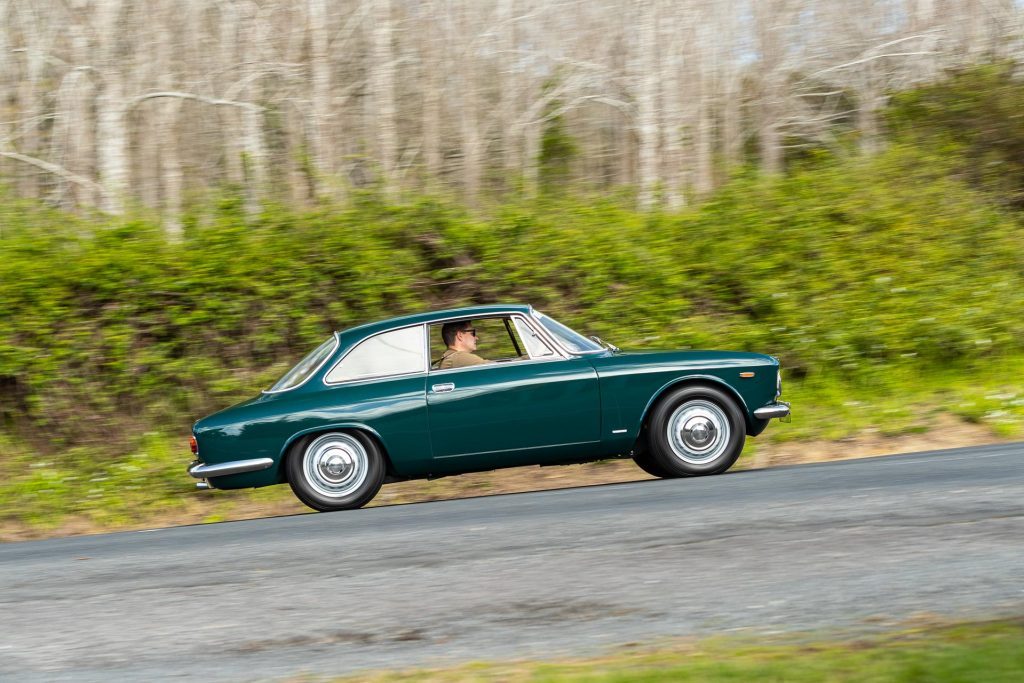
It’s wonderfully proportioned with that sixties leaned-back stance which makes it look like it’s tearing off somewhere in a hurry. It’s remarkably unfussy for the era, design flourishes kept to a minimum.
The most notable is the ‘scalino’ (or step nose) front end with the leading edge of the bonnet sitting proud. The flush door handles incorporate the lock for an elegant look.
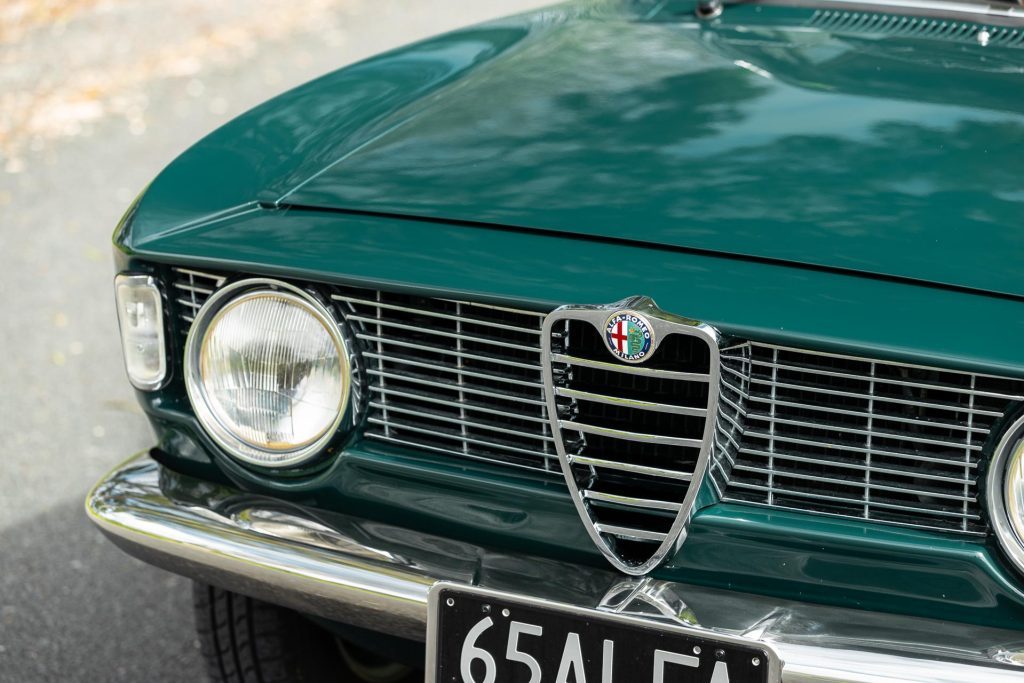
Keeping the tail clean, there is no external release for the boot (that’s on the B pillar, inside the driver’s door) while the number plate light is concealed within the bumper.
While the styling is minimalist, the Giulia packed some pretty heady hardware for the time. Under the bonnet is Alfa’s all-alloy, twin-cam, two-valve-per-cylinder four-pot.
In the 1965 model it had a capacity of 1570cc, a 9.0:1 compression ratio and, to give the Sprint GT added horses over the sedan, it breathed through a pair of twin-choke Weber carbs.
The result is 79kW (106hp) at 6000rpm with 139Nm of torque at 3000rpm. Okay, not much, but then the thing weighs a paltry 950kg.
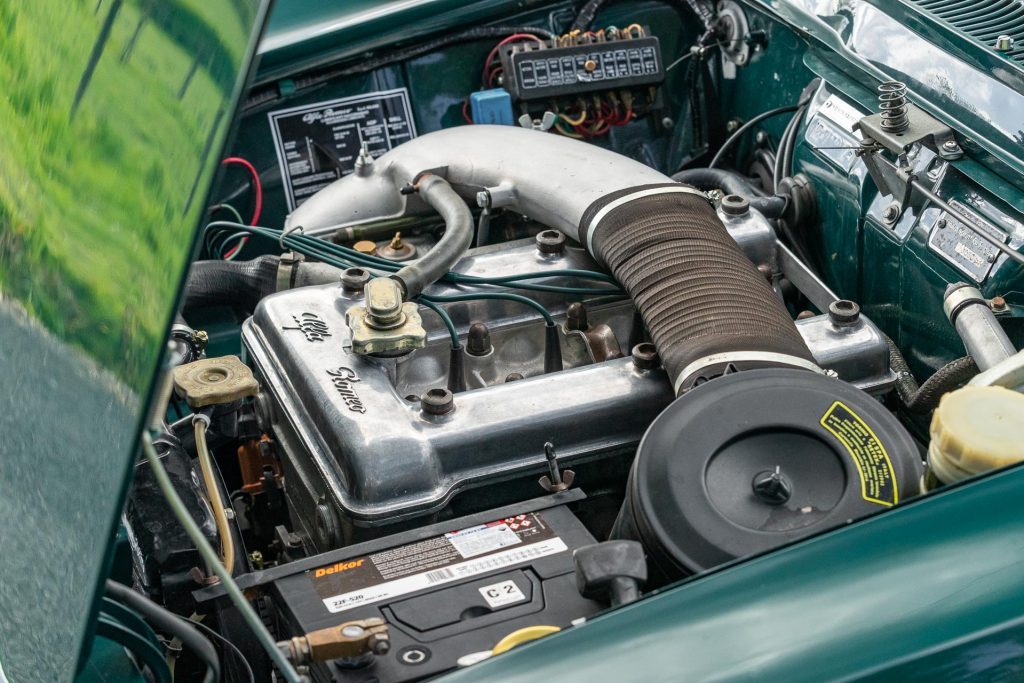
And with a short-ratio five-speed manual, performance is sprightly. Alfa Romeo even saw fit to make the Sprint GT stop impressively, with Brembo discs all round, complete with servo assistance.
Alfa had reasonable sales success with its coupe range, with over 220,000 produced in various forms from 1963 right through to 1977. There was a short run of convertibles, while a Veloce version was introduced bringing more power to the party.
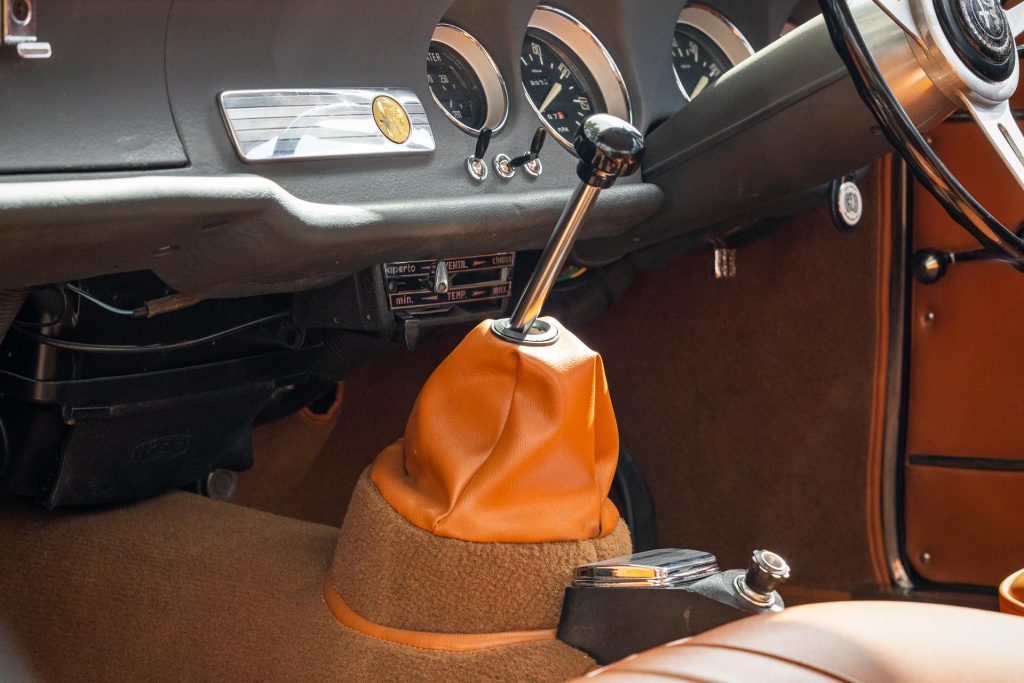
The car evolved into the 1750 Veloce GT in 1967, bringing a bigger engine and a twin headlight treatment. This was replaced in 1971 by the 2000 Veloce GT model. Also running concurrently were the GT Junior models, the entry level to the Alfa Coupe range.
These ran a smaller 1300cc engine, which was available from 1965 to 1977, while they also introduced a 1600cc Junior in 1972, giving buyers plenty of scope to indulge in Alfa Coupe ownership.
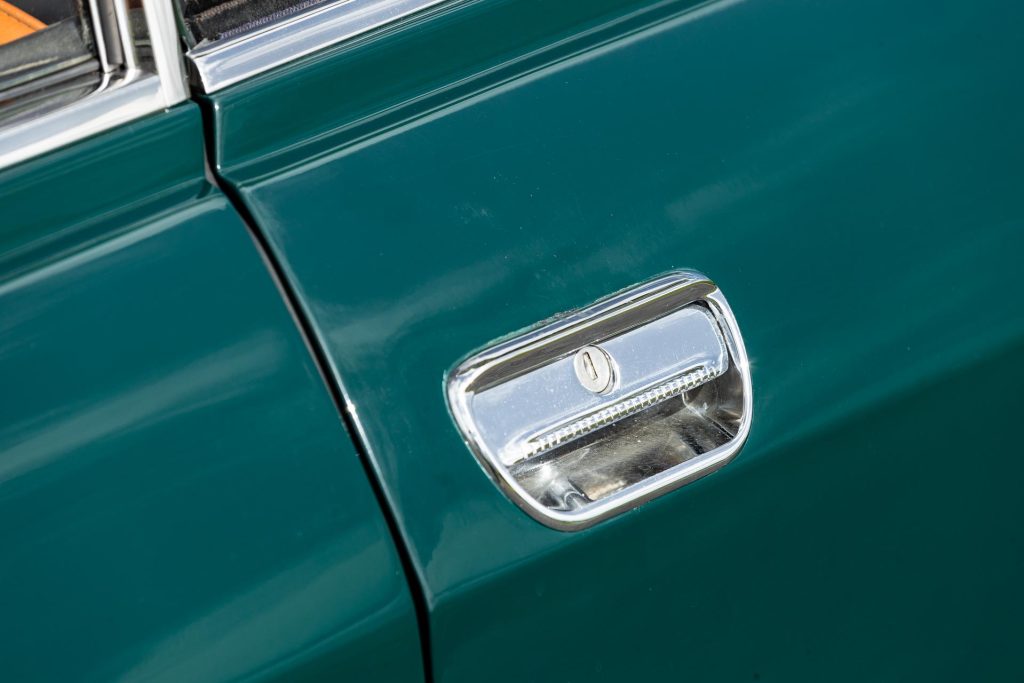
The owner of this fine green machine wasn’t looking for a Giulia Sprint GT specifically, rather an Alfa Romeo that was minted in the same year he was. “I’ve always liked Italian cars, and Alfas in particular,” says Lindsay Knowles.
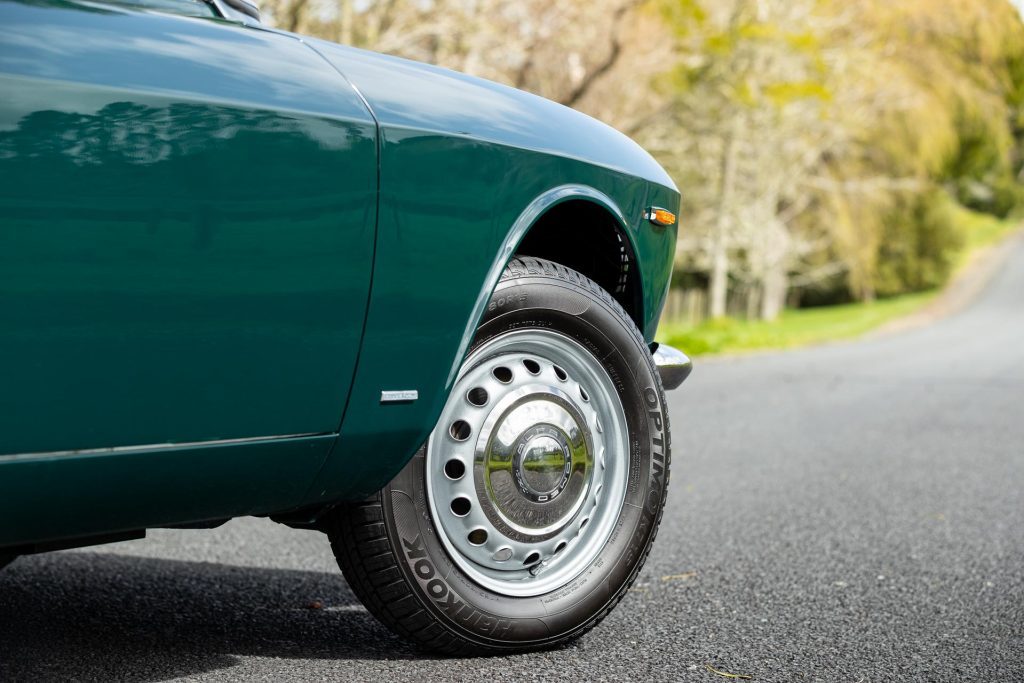
“I got into Alfas in my late teens. My first car was a Triumph Herald, and I saw an AlfaSud for sale. I took it for a spin, and while its 1200cc engine was the same size as the Herald’s, it was so much gruntier, and drove on rails by comparison. I bought it and I’ve loved Alfas ever since.”
He’s had quite a few of them in the interim, both old and new, and was after a 1965 model in particular this time around. It was either going to be a Giulia or a 2600, and he found this in Melbourne. Originally sold new there, it was a low-mileage, three-owner car, and one that had been expertly restored.
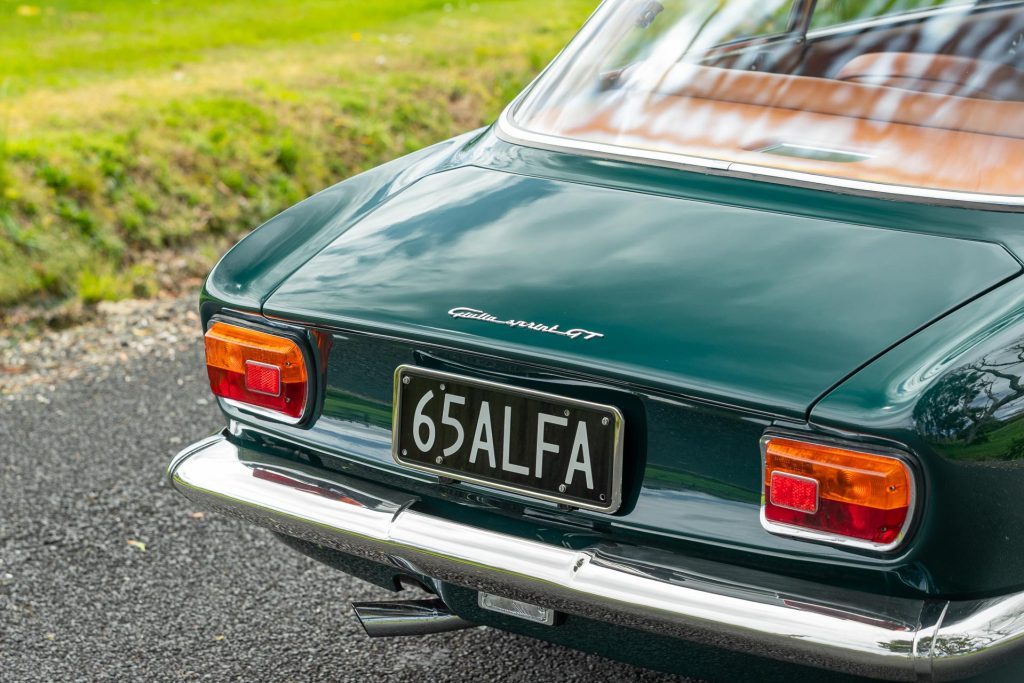
“I bought it in 2021 but the compliance process was much more difficult as it had been restored. I wasn’t experienced with just how difficult it was to get a restored car complied. We had to peel everything back, take all the seals off to show it had been done properly. It cost a lot of money and took a year to get it on the road.”
It seems worth it however, given the car’s top condition. The car picked up the award for the best restoration at last year’s annual Alfa Romeo meet, which Lindsay says he “felt like a bit of a fraud because I hadn’t done it myself and most spend hours of time on them.”
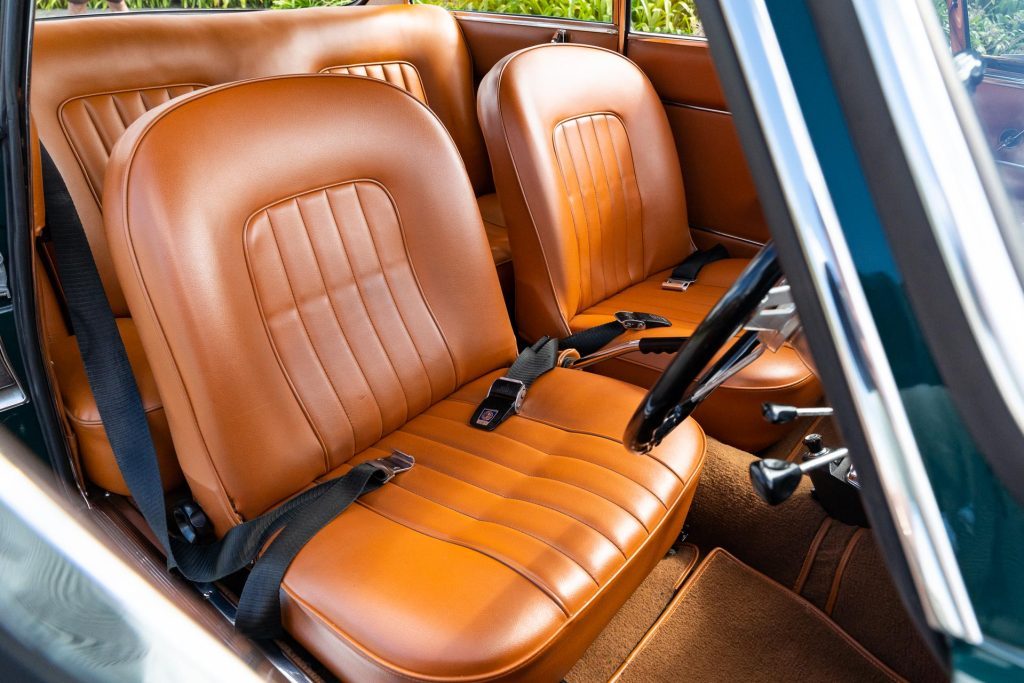
Given it’s such a great example, we graciously accepted the keys for a fine morning of revelling in the Al-fa-nomenon.
It’s an intimate occasion, the coupe a diminutive 4m long and not quite 1.6m across, bringing with it a cosy cockpit. There are four seats, but it’s more of a 2+2 affair. While the big steering wheel sits in your lap, the driving position is otherwise okay and there’s a near 360 degree view out.
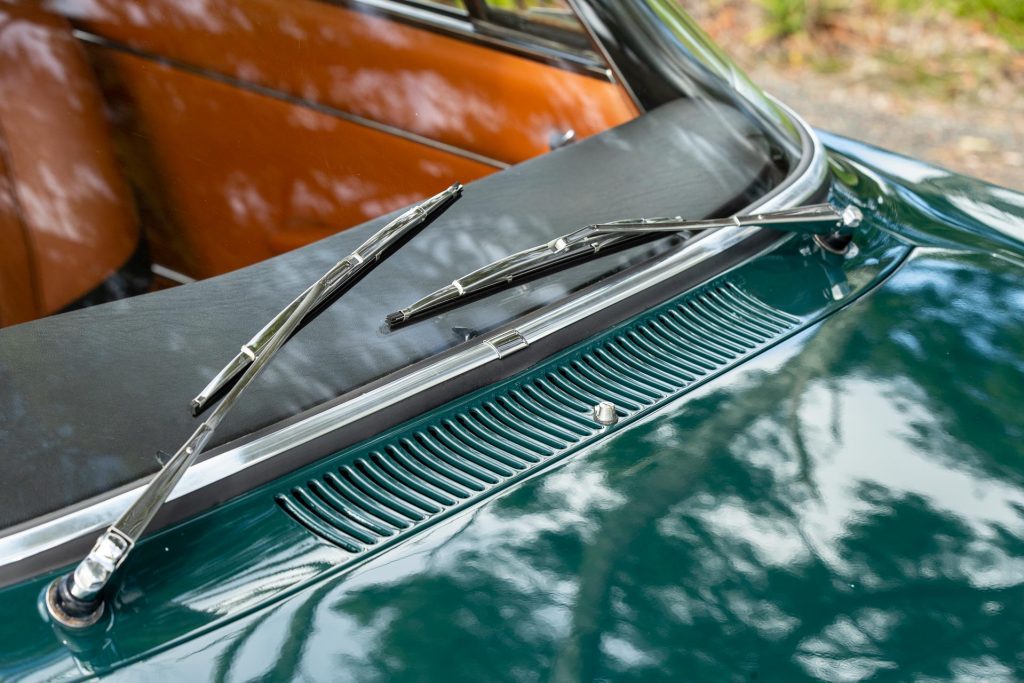
It’s all very well sorted, the twin cam catching quickly, idling sweetly and we’re off without drama. Floor hinged pedals always feel odd initially but you quickly adjust. The steering is slow but not too heavy once moving, as the tyres are skinny 165/50s.
There are plenty of good engine noises while the usual excess of vibrations through the controls is not a part of the drive here. And it rides fairly smoothly too.
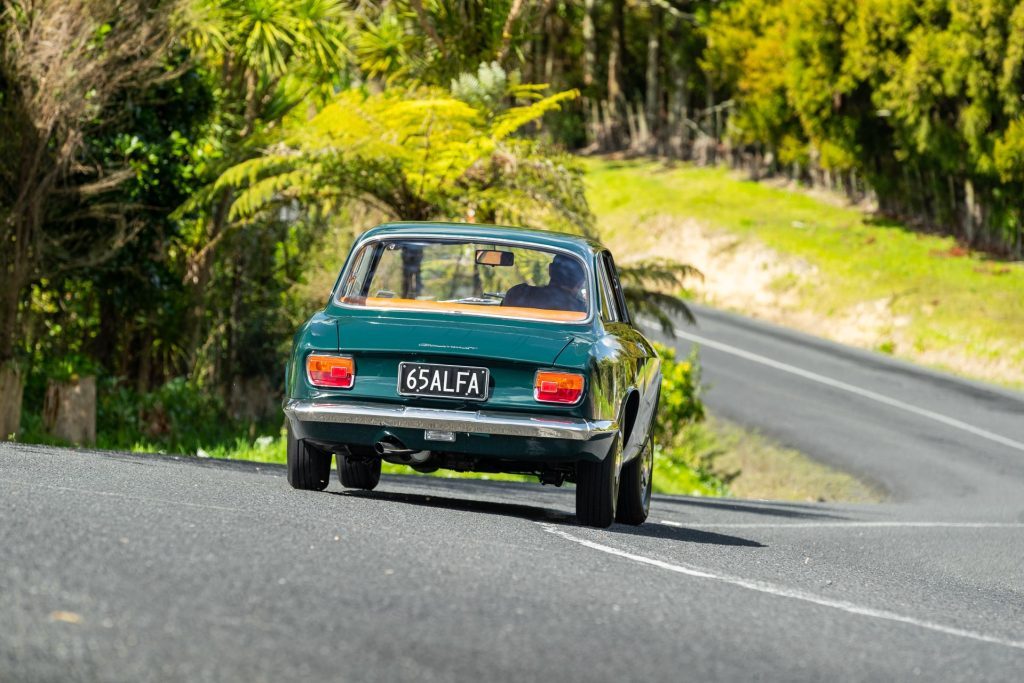
Being an Alfa, we were told to give it the jandal and the twin-cam revs eagerly, the carbs roaring away. The five-speed has a positive action, none of that pot stirrer notion here. It slots each gear sweetly, up and down the box, thanks to its syncros.
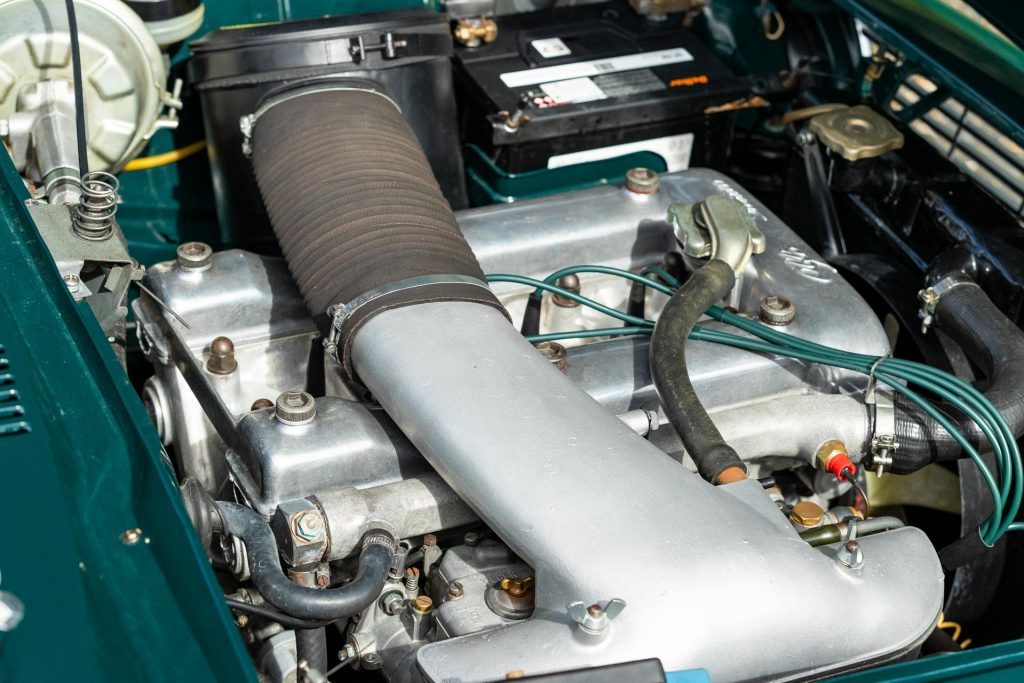
The gearing is low so it pulls quickly when giving it some gas, while it can also amble through traffic politely, pulling third gear from 30km/h cleanly. The wind whistles at 100km/h, the engine is lively too, yet it’s not the sort of noise to drive you spare.
This is a genuine delight as you slot each gear, the engine responsive and rowdy and, with the wind rush, it feels like you’re flying but you’re not. The suspension moves with the road, the Giulia occasionally feeling a little light as it rises up but then settles again quickly.
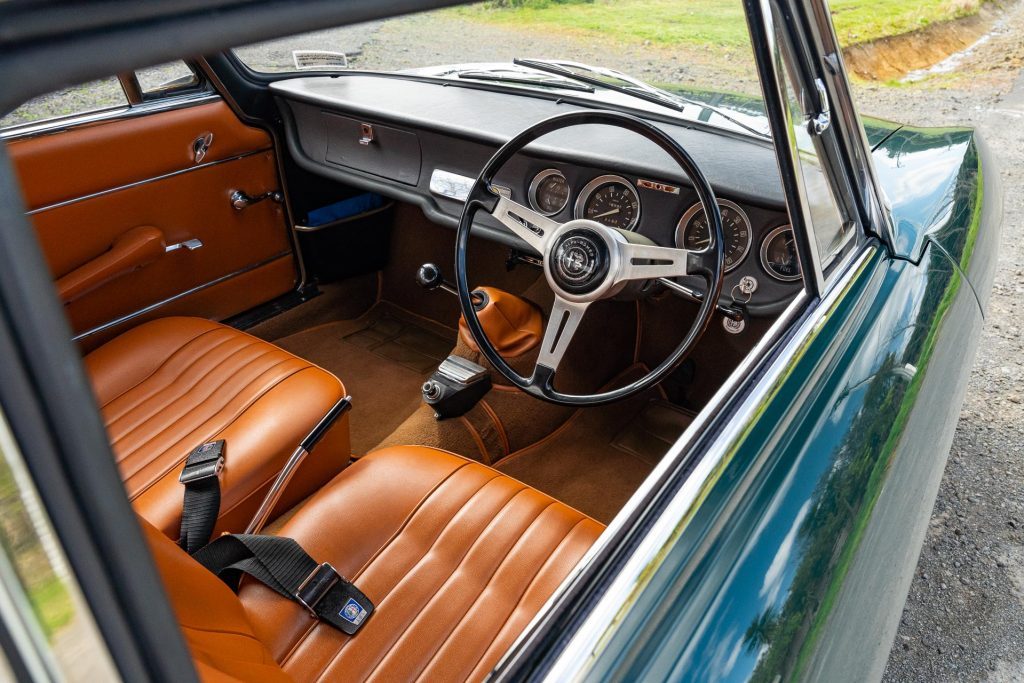
It rolls into the turns, yet manages to keep itself tracking quite faithfully around the corners. Those tall tyres aid the ride and give the right balance of grip and compliance. It’s not super sharp on the turn but wind on the lock and it flows sweetly around the corner.
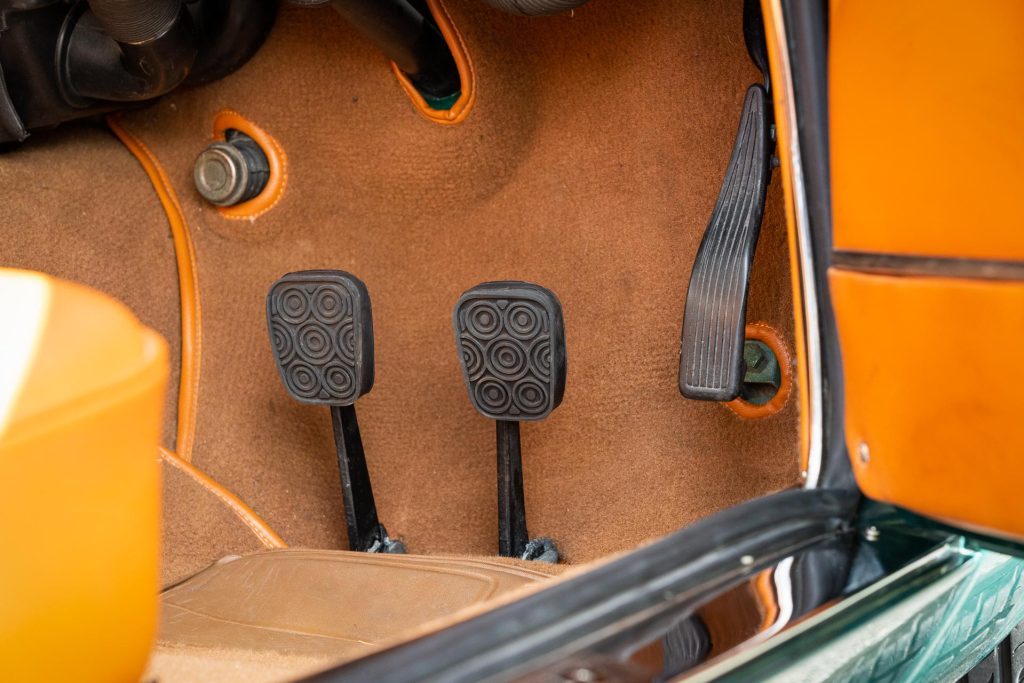
The short wheelbase delivers a nimble, balanced character. It manages to feel faithful with little roll oversteer or bump steer that can afflict old chassis set-ups.
Even the brakes haul it up quite well, though they need a good squeeze to do so, yet the pedal has a sense of life to it rather than the usual deadwood feel of the era.
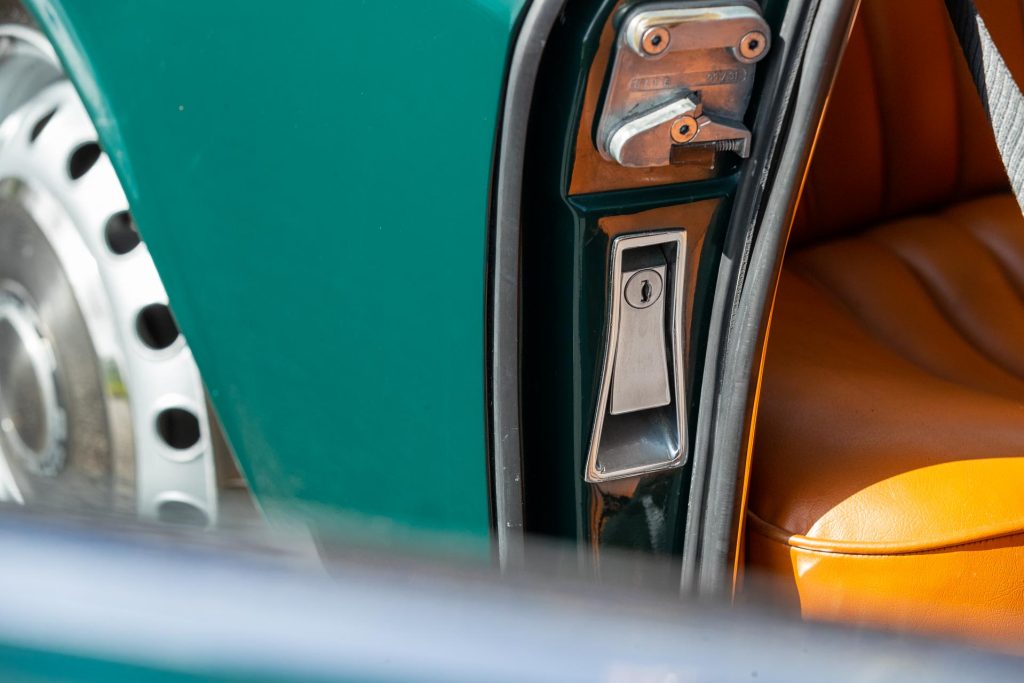
Alfa sceptics will be encouraged to know that this has proved to be a reliable classic. “It’s not a museum piece. I’m taking it to Christchurch next month for the annual Alfa meet and drove it to the Gisborne meet last year. I carry tow rope and jumper leads – it’s an old Alfa – but I expect it to get to Christchurch and back no problems.”
For Lindsay it’s the styling and the way the Giulia drives that does it for him.
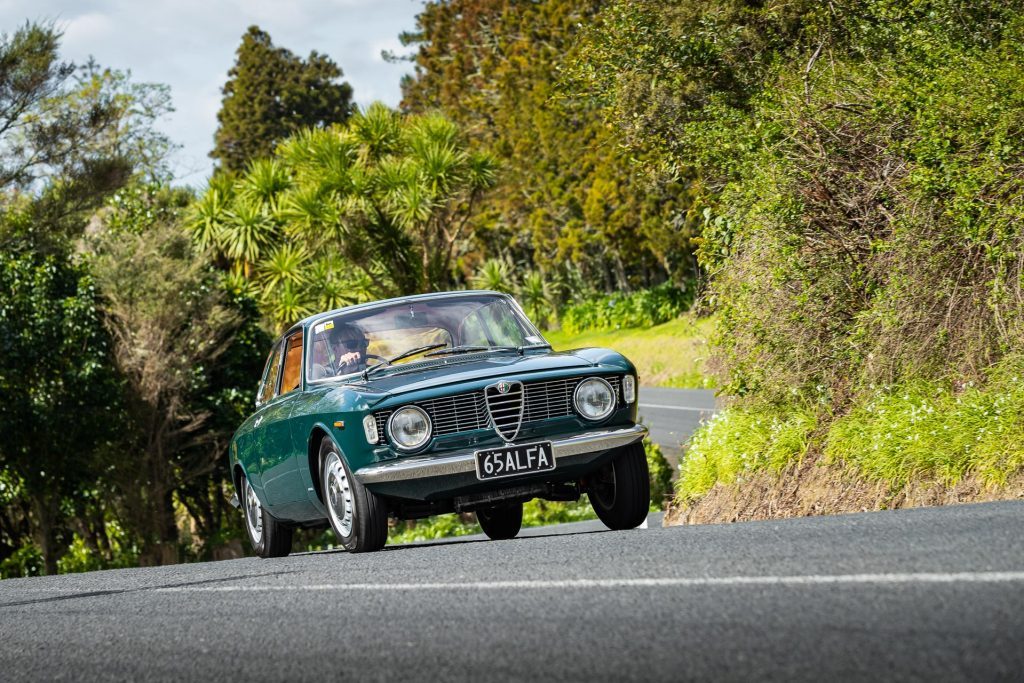
“I like the look, it’s fantastic. And I like the fact it drives so well; it still gets me grinning.”
This story first appeared in the October 2023 issue of NZ Autocar magazine


